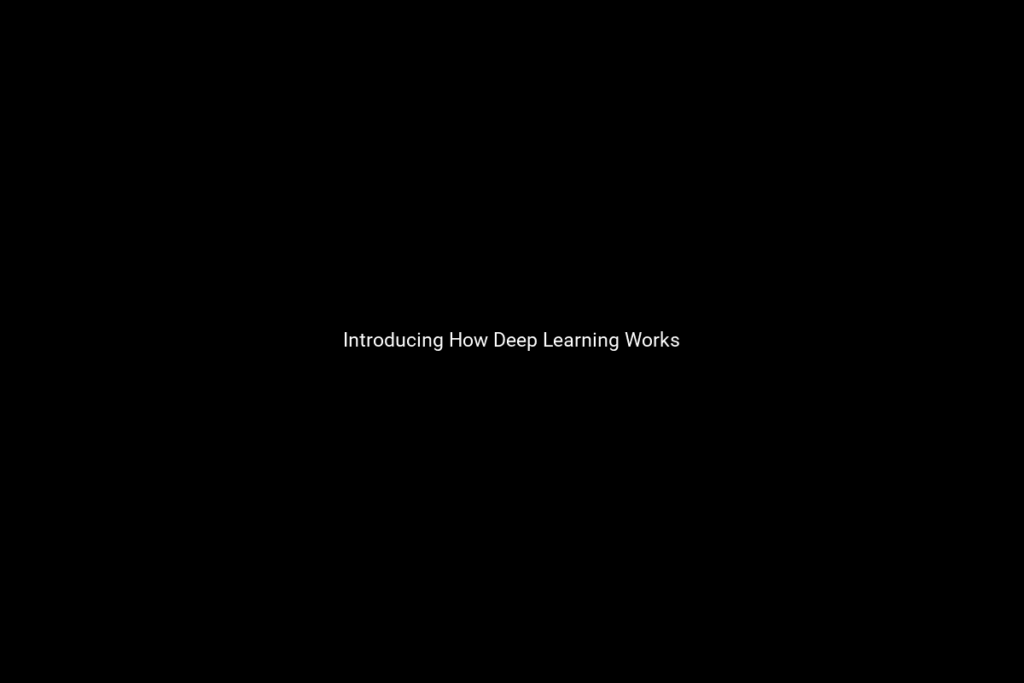Deep Learning works with a logistic regression. It is sensitive to non-normal data, which means it can suffer from correlations when learning and can be unable to cope with outliers.
Every time we read “academic literature”, we have to be very careful to make sure we are not missing data from training and validation sets that contain discrepancies.
Both Machine Learning Algorithms and sensors are used in Deep Learning.
Deep Learning works with from machine learning algorithms and sensors to solve all kinds of adversarial problems.
The example above shows how it can be applied to video and will create a new class of malware.
To add to its versatility while deep learning works, our LSTM model can also interpret an image as text. You will find a detailed description of how to create such a model in the official paper.

It works on Tesla GPUs.
Deep Learning works on Nvidia’s Tesla GPUs and the final output is superhigh-bandwidth video (H.264).
Each sensor takes 8GB of memory in the main system (which also has hard drives and a variety of other subsystems) and an additional 64GB each for the motion, object recognition and localization.
The sensors and systems can communicate with each other via 5G radios.
The name “deep learning” originally referred to the technique used to create neural networks which deep learning works ; today, it refers to all AI techniques that rely on deep learning, including systems that take input from multiple sensors (like cameras and the pressure sensors in self-driving cars), form it into a mathematical representation and then use that representation to perform general purpose operations (like recognizing objects and people).
As a result, it works better in science, automates human tasks, and has many positive benefits for society to increase the usability of it.

Recent Comments